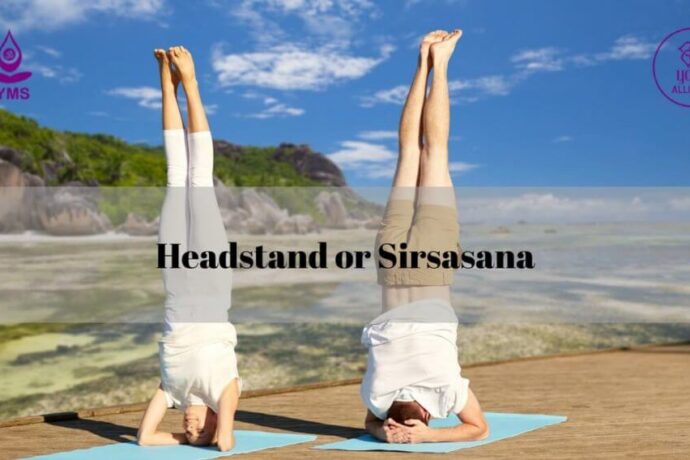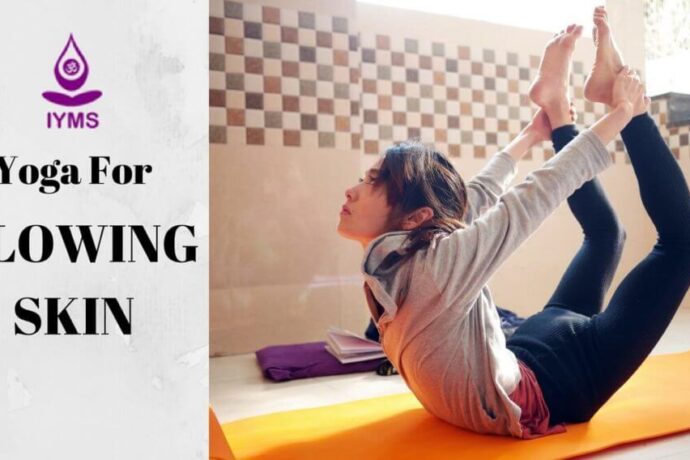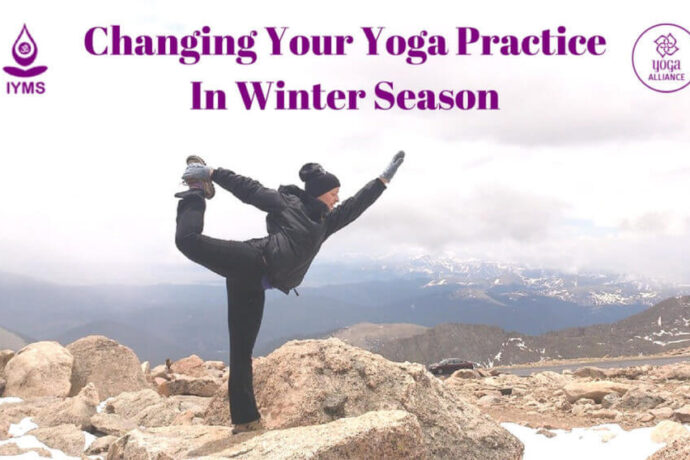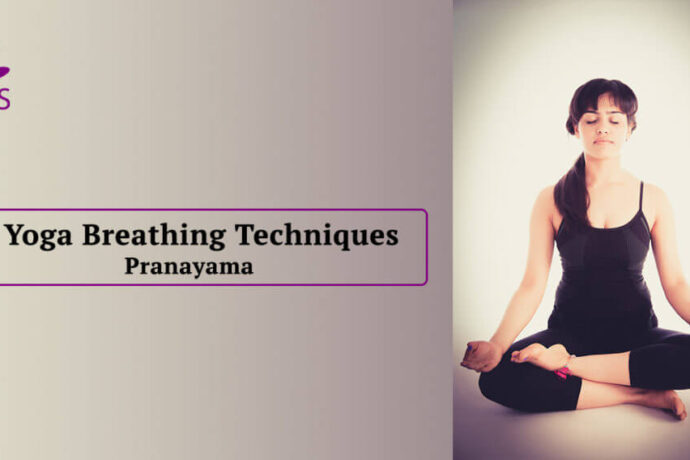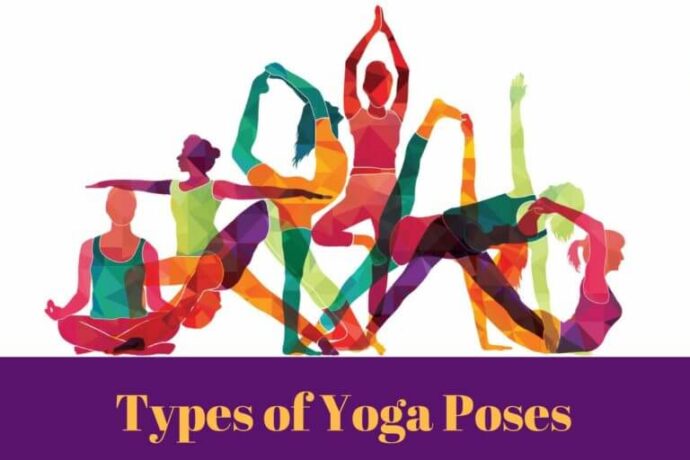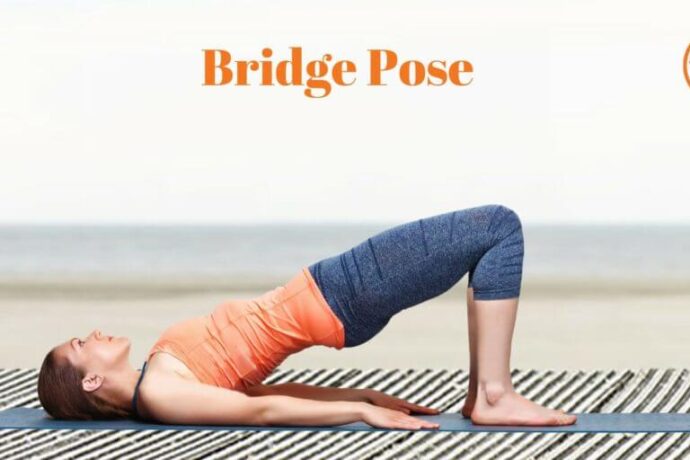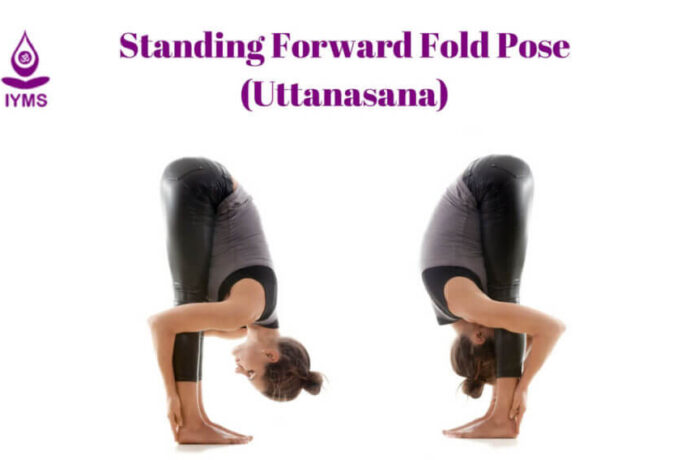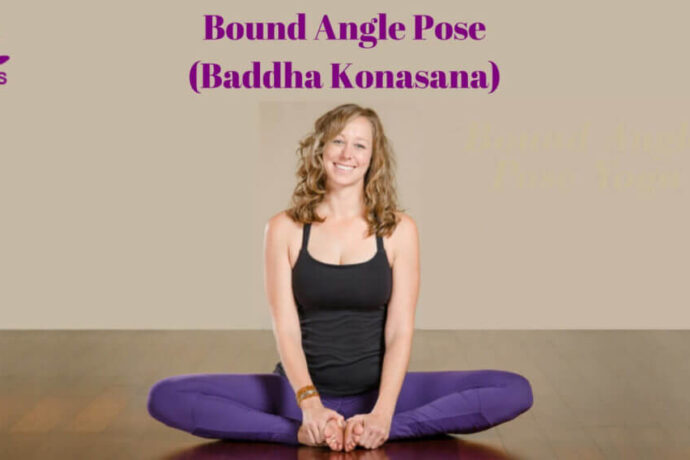Happy baby pose originates from the Sanskrit Language. Here, “Anand” meaning happy, “Bal” meaning child and “asana” meaning pose. It is called so because it resembles the position of the happy child.
Have you looked at a baby and thought ‘I want to be as carefree as her’? Here’s your chance to regain a little part of your lost childhood with the Ananda Balasana.
Babies have a lot of fun with their bodies (except perhaps, while teething). One of the most delightful things that babies can do is when they grab their tiny big toe with equally tiny hands, with a mischievous look that says ‘You’re missing out on all the fun’.
Well, if you’re doing the happy baby pose as part of your yoga routine, you can stare right back and say ‘You’re not the only one who can do that’.
This pose is a great way to loosen up your body, relax, and be truly carefree, if only for the 15 breaths that your asana lasts. It is one of the easiest yoga pose.
Pose Information
- Yoga Pose English Name: Happy Baby Pose
- Sanskrit Name: Ananda Balasana
- Also Known As: Dead Bug Pose or Cheerful Infant Pose
- Pose Level: Beginner
- Pose Type: Supine, Relaxing and Hip opening
- Strengthens: Back and Arms
- Stretches: Back spine and Inner groins
Preparatory Poses
- Virasana (Hero Pose)
- Balasana (Child Pose)
Follow-up Poses
- Belly Twist Pose (Jathara Parivartanasana)
- Downward-Facing Dog Pose (Adho Mukha Svanasana)
How to Do a Happy Baby Pose?
This yoga pose is quite simple. Most people would have seen babies lift their knees up to their stomachs, and clutch their toes as they rock a little and look up at you. Simple though it is, many people have difficulty in getting their knees to touch their chests.
Just remember to never push your body beyond what it is capable of. All in all, the happy baby pose is a very uplifting pose for your spirit.
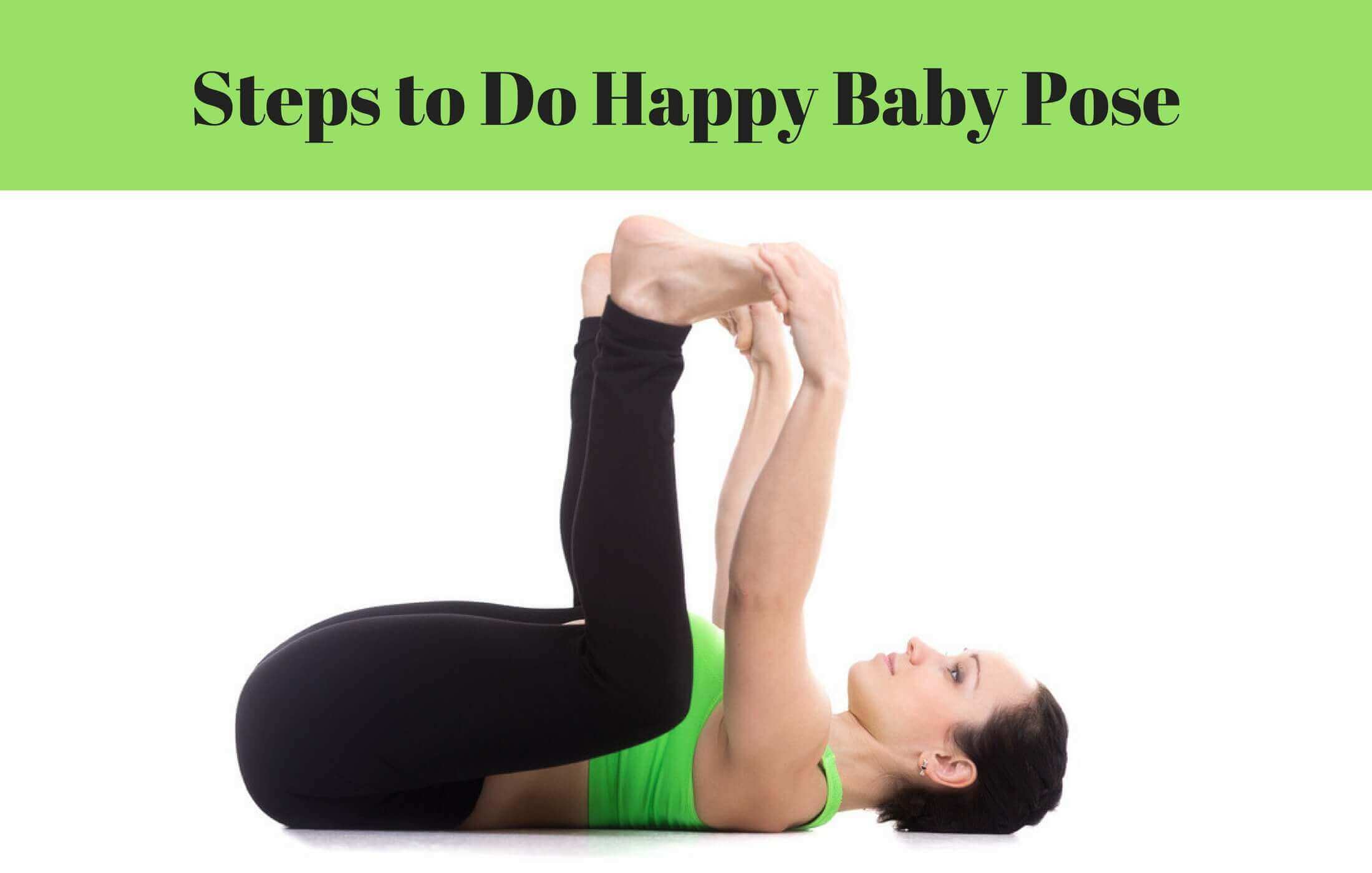
Follow these happy baby pose steps:
Step 1
Lie supine on your mat. Relax your body, ensure your back is comfortable.
Step 2
As you exhale, bring your knees up to your chest. Pull your knees towards your armpits and keep your feet apart.
Step 3
Inhaling, maintain balance by grasping the outer edges of your feet with your hands. Your arms must touch your shins. Your shins must be perpendicular to the floor, and your knees must be aligned with your ankles.
Step 4
Draw your shoulders to your back and pull down on your feet with your hands.
Try to touch your tailbone to the mat, but don’t let it stick out.
Step 5
Maintain the pose anywhere between 5-15 breaths. When you finish, release your grip on your feet, but let your arms touch your legs as you slowly extend them forward and straight onto the mat.
You can repeat this pose 3 to 5 times.
Happy Baby Pose Common Misalignment
Listed below are some common mistakes in happy baby yoga pose and how to correct them.
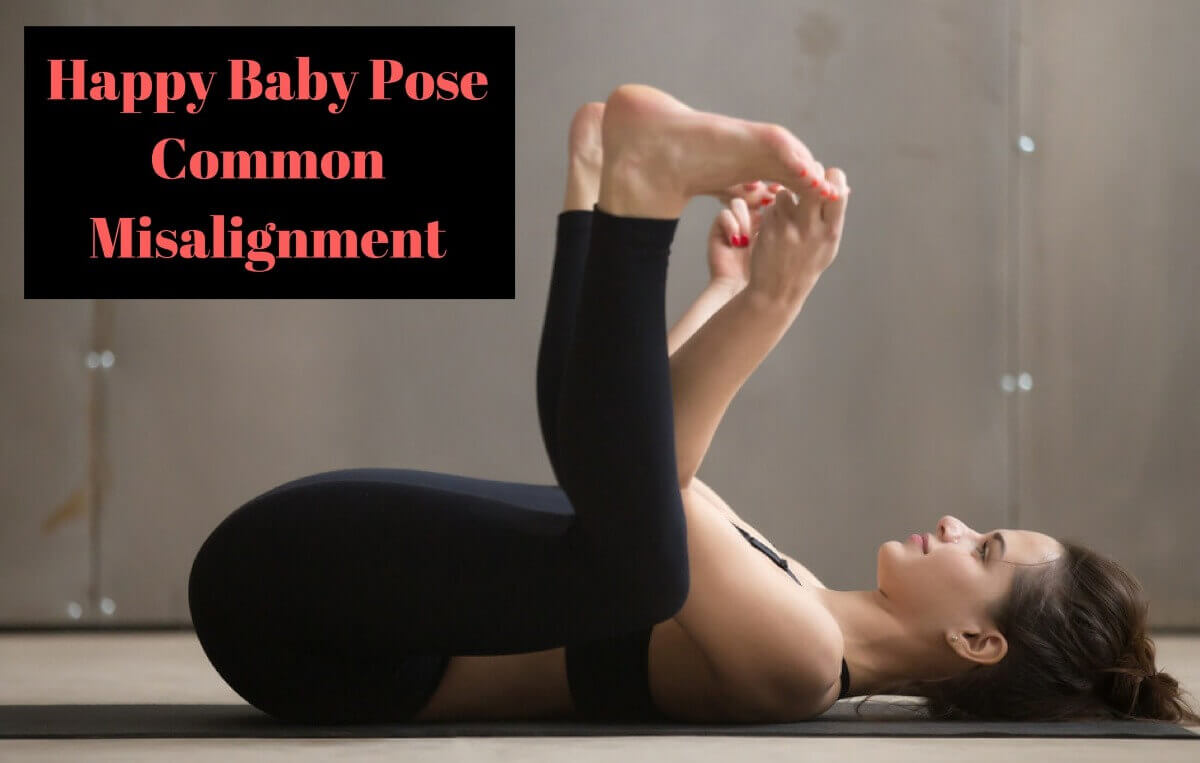
1. Back
Considering that this pose requires some flexibility of the hips, you might automatically lift your pelvis off the floor if you’re not careful. Focus on pressing your lower back and tailbone into the mat.
Your spine must be straight, not curved. When pressing your tailbone into the mat, make sure it doesn’t arch your back. A curved back can injure your spine.
2. Head and Shoulders
If you are unable to bring your knees right up to your chest if you’re a beginner or simply don’t have the requisite hip flexibility, you might end up lifting your shoulders and head off the mat. Modify the pose, and bring your arms lower, and hold on to your shins at a comfortable level instead of your feet.
If the crown of your head is going down while the back of your neck lifts up, then you’re doing it wrong. Adjust your arms so that your head is flat on the mat.
3. Neck
If you have had a neck injury, or your neck hurts even though you are doing the pose correctly, place a towel under your neck to support it.
Happy Baby Pose Health Benefits
Although this pose does more for your spirit and overall well-being, it does have some important benefits for your body as well.
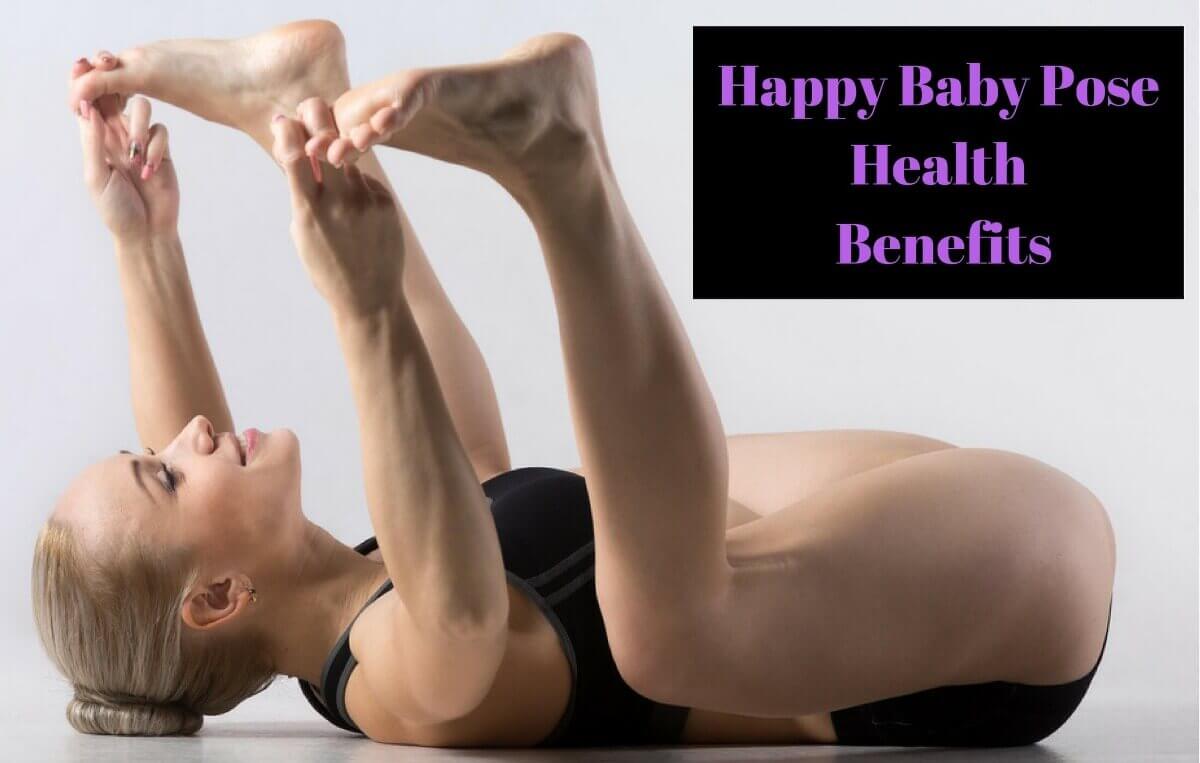
1. Hips
Considered a core exercise, the happy baby yoga exercise does wonders for your hip flexors. It opens up the hips and releases tension from your lower back. Maintaining the suppleness of your hips has a direct bearing on your back. If your hips are flexible, they can help relieve tension in your spine by supporting your body’s weight. This affects your well-being.
2. Groin
This pose exercises your inner thighs, and opens up the groin. It helps stimulate your liver, bladder and also assists with digestion.
3. Arms
Holding on to your hips builds your arms. Remember that you’re not a baby, so don’t let gravity do your work for you. Use your arms to hold on to your feet. This will help your biceps.
4. Chest and Shoulders
Ananda Balasana opens up your chest and shoulders, enabling you to breathe deeper. Focused breathing, as we know, helps alleviate stress.
5. Heart
It helps lower your heart rate, which relaxes and calms you. It also lifts your mood, giving you your daily fix of good cheer to deal with the world.
Happy Baby Pose Modifications & Variations
Most happy baby pose modifications are meant to make it easier for people who have trouble doing it. You can do the following steps if you require it.
- Although the Ananda Balasana is quite simple, many people have trouble holding on to their feet in the pose. If you’re one of them, you could hold on to a strap, belt, or scarf that runs over your feet.
- Another tip for those who find it difficult to hold their feet, you could try holding on to your ankles. You can also bring the arms little lower, and hold your shins at a comfortable level instead of your feet.
- Another variation is to try one-legged happy baby pose. Instead of raising both legs, keep left leg straight and raise your right and hold it with your right hand. Repeat the same by switching the legs.
Precautions
Individuals with the following problems shall avoid practicing the happy baby pose or shall only practice yoga poses under expert supervision:
- Neck injury
- Blood pressure
- Pregnancy
- Knee injury
Conclusion
When the world wears you down, exhausting you emotionally and physically, the happy baby pose or ananda balasana could help you be a baby for a while: relaxed, unafraid, and full of wonder and laughter. Now, you’re ready for the next battle.
